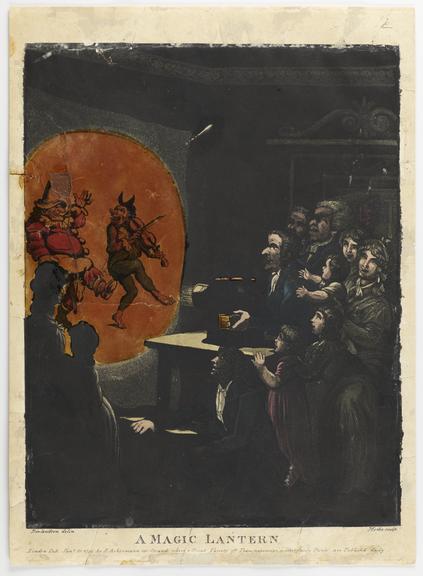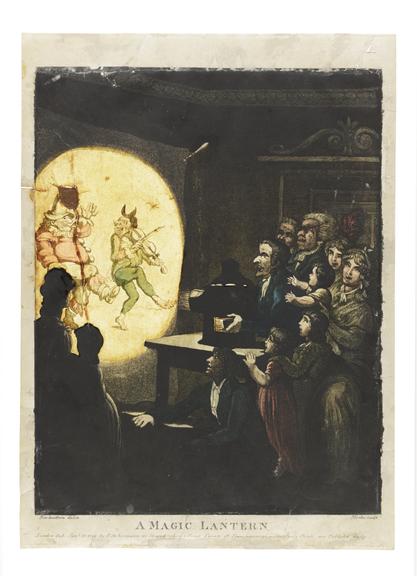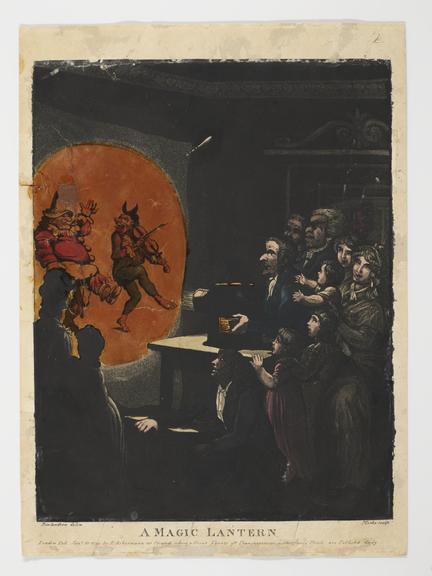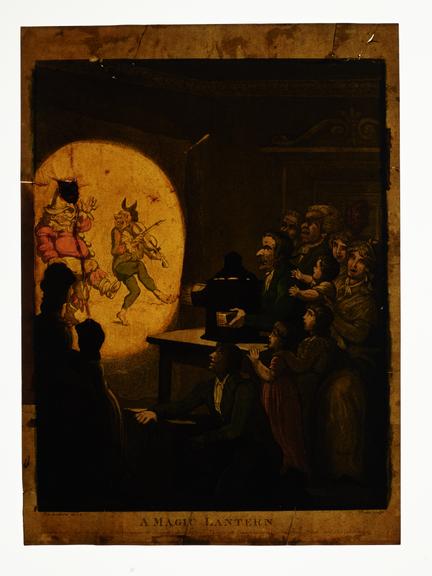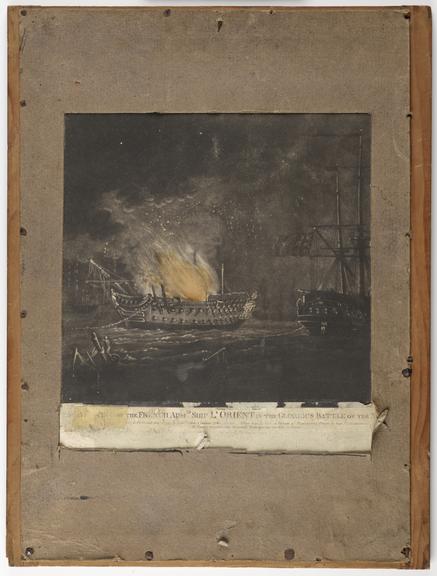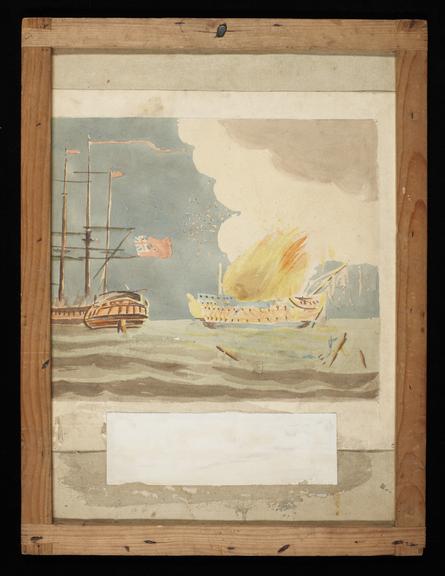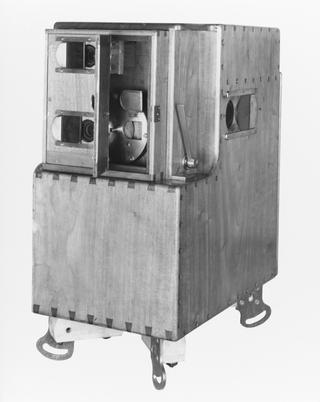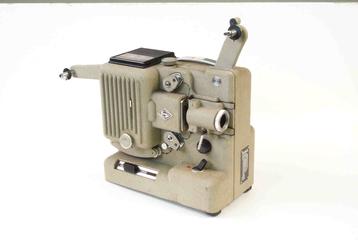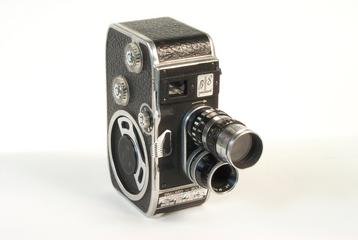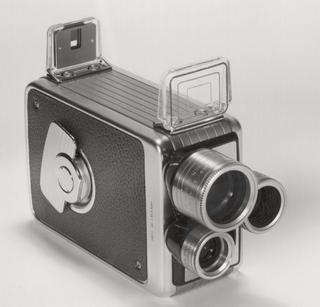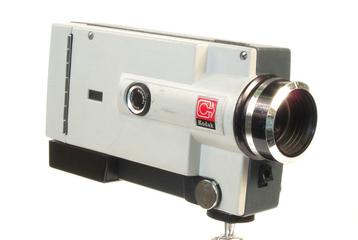Image of a magic lantern show used in a peepshow
One of fourteen hand-coloured paper transparencies for use in a peepshow box; 'Magic lantern show', by Henri Merke, after Thomas Rowlandson, published by Rudolph Ackermann, 101 Strand, London. Unframed. 1799.
More
Peepshow boxes were a tool used by travelling entertainers on the streets and at fairs. People would pay for a peep and see glorious, illuminated views depicting distant lands or current events. Many people, not able to travel far from home for much of their lives, peered into this box to see the far wonders of the world. In 17th and 18th century Europe, it was a popular form of entertainment provided by wandering showpeople.
A light source would be placed behind the transparency to illuminate parts of the image for the viewer.
This image depicts another popular form of visual entertainment, the magic lantern which provided a similar services and experience as the peepshow, but was able to project images to a larger audience.
- Measurements:
-
overall: 358 mm x 260 mm .12 kg
- Materials:
- paper (fibre product)
- Object Number:
- 1990-5036/7153/1
- type:
- optical toy
